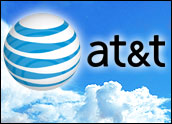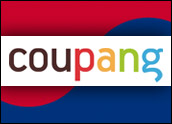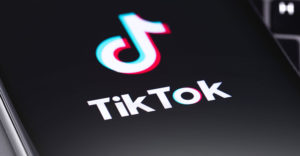
AT&T will begin limiting data speeds for the top 5 percent of wireless data users who currently have unlimited data plans, the company announced Friday.
Many AT&T customers currently operate under a tiered data plan, but customers who had unlimited usage before the tiered plans were initiated about a year ago were able to continue downloading and uploading an unlimited amount of data over the company’s wireless network each month. Starting Oct. 1, however, AT&T will start dialing down the speed on its heaviest users.
Those at risk of being throttled will receive notification and a grace period before AT&T begins implementing the restrictions.
Recently, Verizon Verizon Wireless joined AT&T in offering tiered data plans for users. T-Mobile recently announced that instead of limiting customers’ data, it would begin throttling after they reach their selected data usage levels. Sprint is the only major wireless carrier in the U.S. to provide an unlimited data plan without throttling.
AT&T declined the E-Commerce Times’ request to comment for this story.
The Spectrum Squeeze
AT&T’s announcement comes amid chatter over its pending acquisition of T-Mobile. Still in the discussion phases, the merger is being hotly contested. Opponents, most notably Sprint, say the merger would result in a duopoly in the wireless space, stifling competition and degrading service.
AT&T has argued that the merger would actually lead to better service, since adding T-Mobile’s network to its own would equip it to better serve both companies’ customers.
Although AT&T appears to be implying that its acquisition of T-Mobile would solve its spectrum problems, it is not the only wireless provider that has been struggling with capacity issues. Throttling has long been considered a likely — if not inevitable — solution to the problem.
Unlimited data usage is becoming a thing of the past across the sector, Richard Dineen, senior analyst at HSBC, told the E-Commerce Times, with companies moving instead toward “volume-based tiers, or offering a range of different packages and sizes of data plans.”
AT&T’s approach in dealing with the spectrum challenge is to throttle only the top 5 percent of the heaviest unlimited users. Those affected typically use upwards of 12 percent more data on average than other smartphone consumers, the company said.
“This is really the better fix. It charges those that use the extra bandwidth and are willing to pay for it more, and thus helps fund upgrading the network so there is more for everyone,” Rob Enderle, principal analyst at the Enderle Group, told the E-Commerce Times.
Sustainable Model
That sustainable business model may have to be part of the mobile marketplace for the foreseeable future.
“This is a continuation of an inevitable move from unlimited towards these bundles to make the mobile model more economically sustainable,” said HSBC’s Dineen. “Overall, traffic will only rise, and it’s important that the revenue and profits are there in order to sustain the investments.”
Even in a marketplace notorious for its stiff competition, providers are tending to move in the same direction when challenged by network capacity limits.
“Verizon’s move to tiered pricing allowed AT&T to make this change with less risk,” noted Enderle.
The capacity crunch was likely a byproduct of the unanticipated fast growth of smartphone adoption.
Still, “it’s been a remarkably uniform transition,” said Dineen. “The line has held firm because the models on the economics side of the old system were patently broken.”
The notable holdout in this “uniform transition” is Sprint, which is partly due to its greater network capacity. Although the potential to add customers looking for unlimited data access could be alluring, the company risks attracting the wrong crowd of low-paying, high-consuming customers.
Sprint risks “running an economically unsustainable model,” suggested Dineen.







































































Social Media
See all Social Media